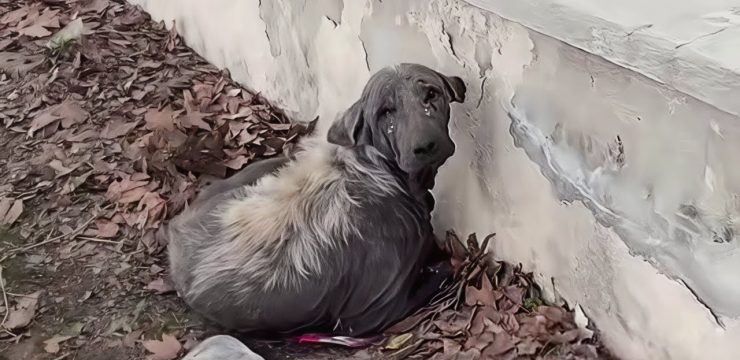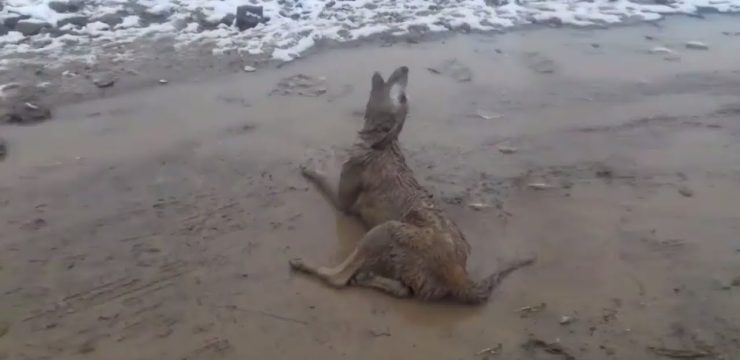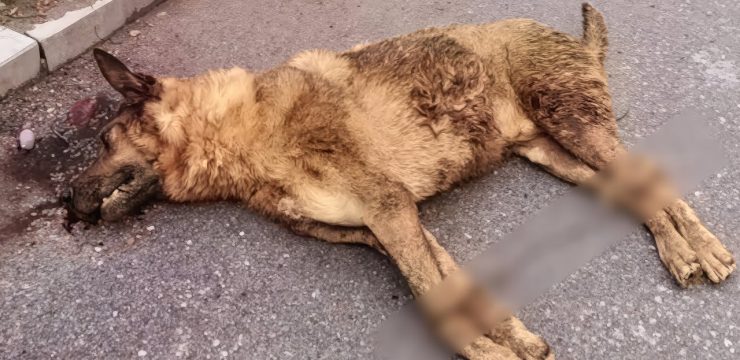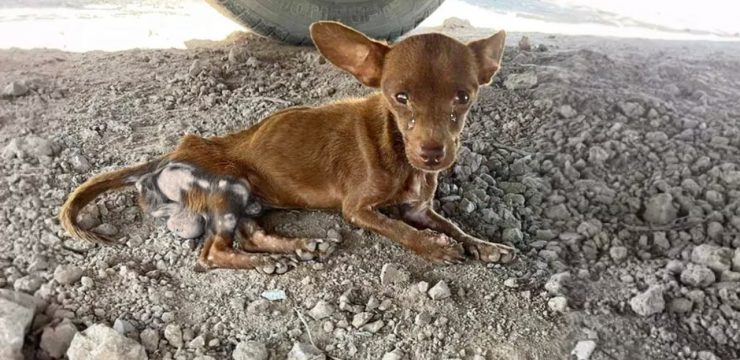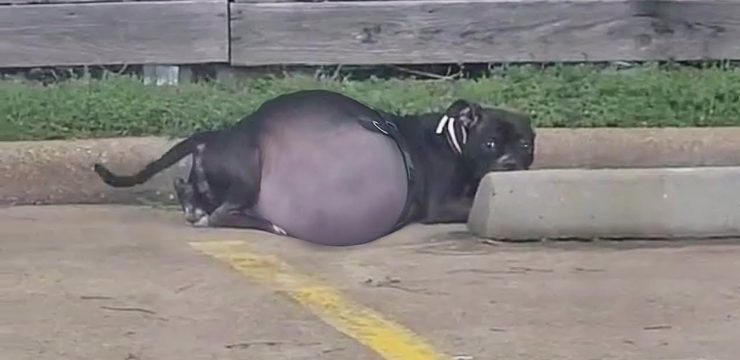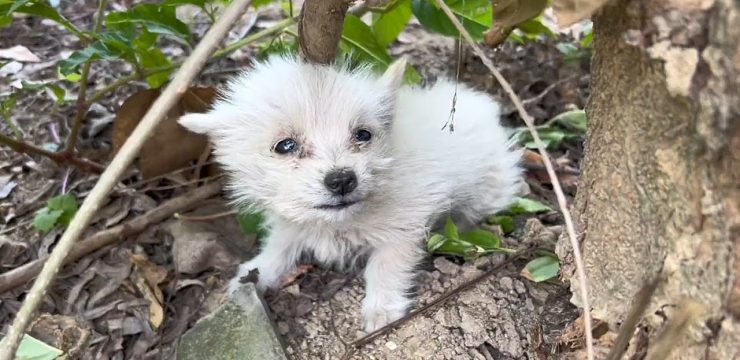In our modern world, where wild animals are increasingly placed behind enclosures for human observation, it’s essential to begin with one firm belief: wild animals simply do not belong in zoos. These creatures, like chimpanzees, are meant to thrive in their natural environments—roaming free, making their own choices, and living as they were intended to. No matter how carefully designed an enclosure might be or how well animals are treated within them, nothing can replace the freedom and stimulation that the wild provides. Still, stories that emerge from zoos occasionally offer a glimpse into the deep connection between humans and animals—and sometimes, into the true meaning of bravery. One such story is that of a man named Rick Swope, a moment of courage caught on video that continues to inspire decades later.
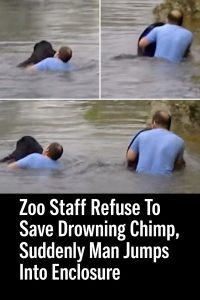
It all began in 1990 at the Detroit Zoo. The zoo, like many others at the time, featured artificial habitats designed to mimic the natural environments of the animals they housed. In one of these enclosures lived a chimpanzee named Jo-Jo. On this particular day, Jo-Jo found himself in a dangerous situation. Another chimpanzee, described as more aggressive and dominant, had been chasing him around the enclosure. In a frantic attempt to escape the threat, Jo-Jo leaped over a barrier and fell into the moat surrounding the chimpanzee habitat—a man-made water feature that separated the animals from the visitors.
Chimpanzees, like most apes, are not natural swimmers. While they may wade through shallow water, deep bodies of water often present a fatal risk. Within moments, Jo-Jo began to flail and struggle. He was clearly panicked and unable to keep himself afloat. A group of around 10 zoo visitors stood near the enclosure, watching in horror as the chimpanzee desperately fought for his life. Among the onlookers was 33-year-old Rick Swope, a truck driver who had come to the zoo for a day of family fun with his wife and their three children.
As the seconds ticked by and Jo-Jo’s distress became more apparent, Rick made a split-second decision—one that most people would never consider. Without regard for his own safety, or the strict warnings posted throughout the zoo, he jumped into the enclosure. This was not just a matter of getting wet. He was entering a secure habitat that housed several chimpanzees, animals known for their incredible strength and unpredictable behavior. Adult chimpanzees can be five times stronger than a human being, and any one of them could have posed a serious threat to Rick.
But none of that seemed to matter in that moment. What mattered was that Jo-Jo needed help—and Rick wasn’t going to let him drown. As Rick dove into the moat, he was briefly disoriented. The water was murky, making it difficult to see, and Jo-Jo had already begun to slip beneath the surface. Rick swam toward where he had last seen the chimp and managed to grab hold of him. It was not easy—Jo-Jo was heavy, weighing close to 200 pounds, and he was panicking. At one point, Rick lost his grip, and Jo-Jo disappeared under the water again.
Determined not to give up, Rick went under once more and tried again. Finally, on his second attempt, he succeeded. He pulled the exhausted, soaked chimpanzee to the edge of the enclosure and got him onto dry land. Rick’s own family, watching from a distance, was stunned by what they had just seen. Everyone nearby stood in silence, their eyes locked on the man who had done what no one else dared to do. Rick Swope had just saved the life of a chimpanzee in front of a crowd of stunned witnesses.
Jo-Jo was in rough shape when he emerged from the water. He was gasping, his body weak, and his movements sluggish. But he was alive. And there was no question that Rick’s courage had made the difference. Later, when asked about the event in an interview with the Chicago Tribune, Rick recalled the moment he locked eyes with Jo-Jo in the water. “He was looking at me. I think he knew what was going on,” Rick said. It was as if Jo-Jo understood that this human—someone from outside his world—was risking everything to pull him to safety.
This incredible act of bravery did not go unnoticed. News of the rescue spread quickly, and Rick was hailed as a hero. The video footage of the moment, later shared across media channels and online platforms, captured more than just a daring rescue. It showed the capacity for empathy and selflessness that can arise in the most unlikely places. Rick’s actions continue to resonate with audiences to this day, not because he sought attention or recognition, but because he acted from a place of pure compassion.
This story is more than just a tale of an animal rescue at a zoo. It’s a reminder of our shared vulnerability—and our ability to act with humanity, even in the face of danger. Rick Swope did something most people would never attempt, not for glory, but because he saw a living being in need and couldn’t walk away. His heroism shines as a rare example of how one moment, one decision, can change a life forever.
So while we continue to advocate for wild animals to remain where they truly belong—in the wild—let us also take a moment to honor acts like Rick’s. They remind us of what’s possible when courage and compassion come together. If you haven’t seen the footage yet, watch it. It’s not just a video—it’s a testament to what it means to be human. And if you’re moved, share it. Celebrate the everyday heroes who, in extraordinary moments, choose to do what’s right.
